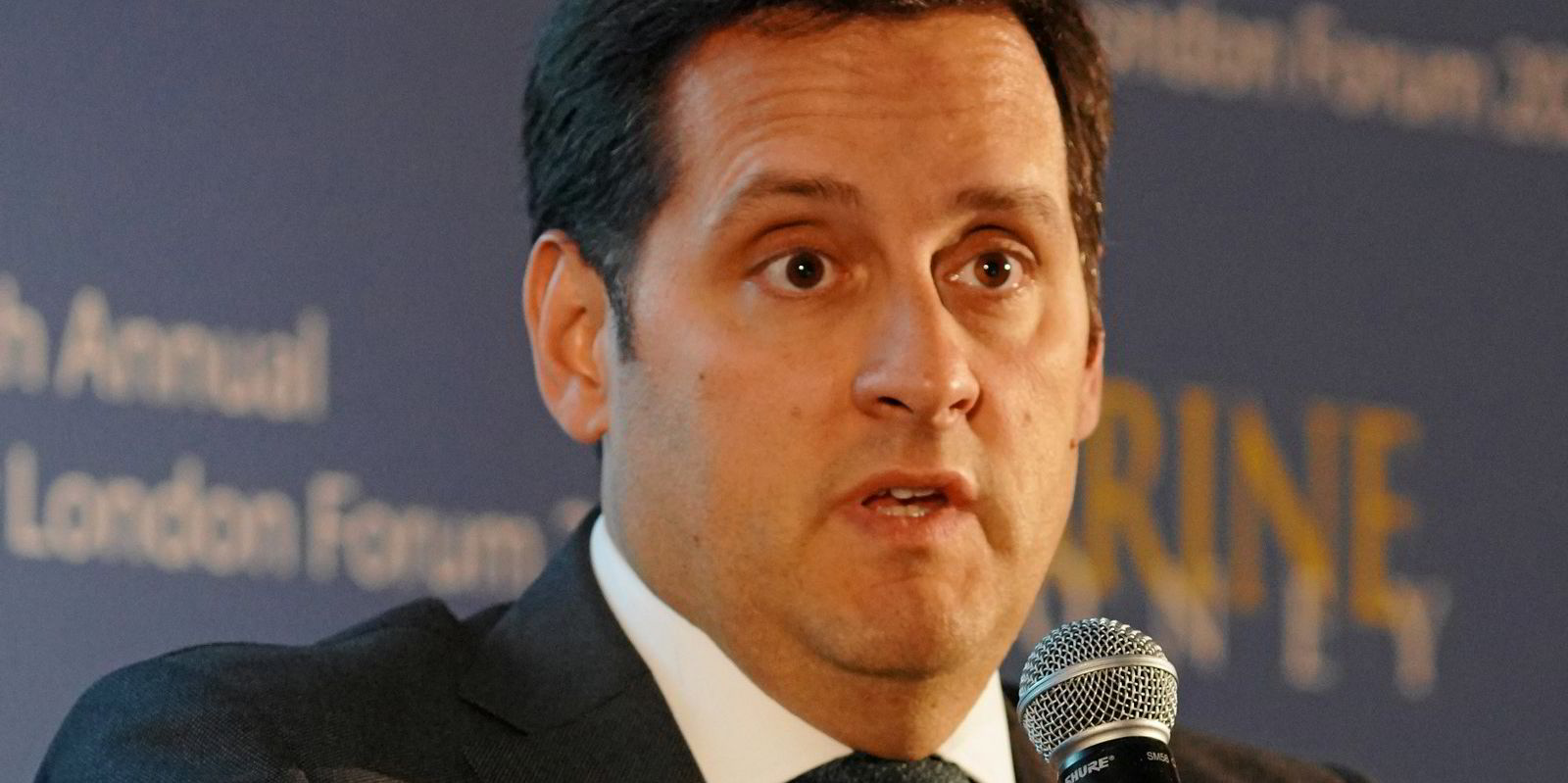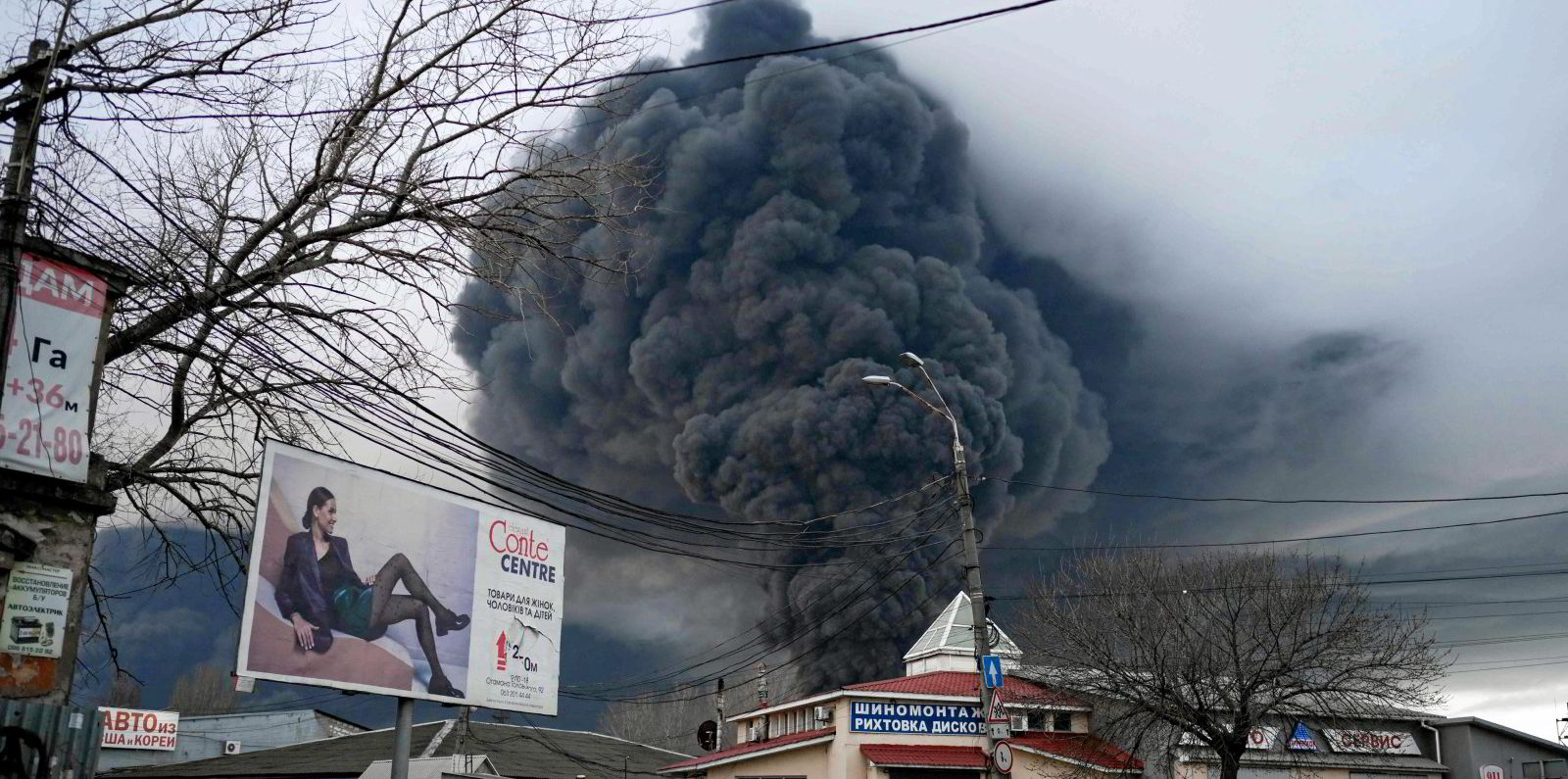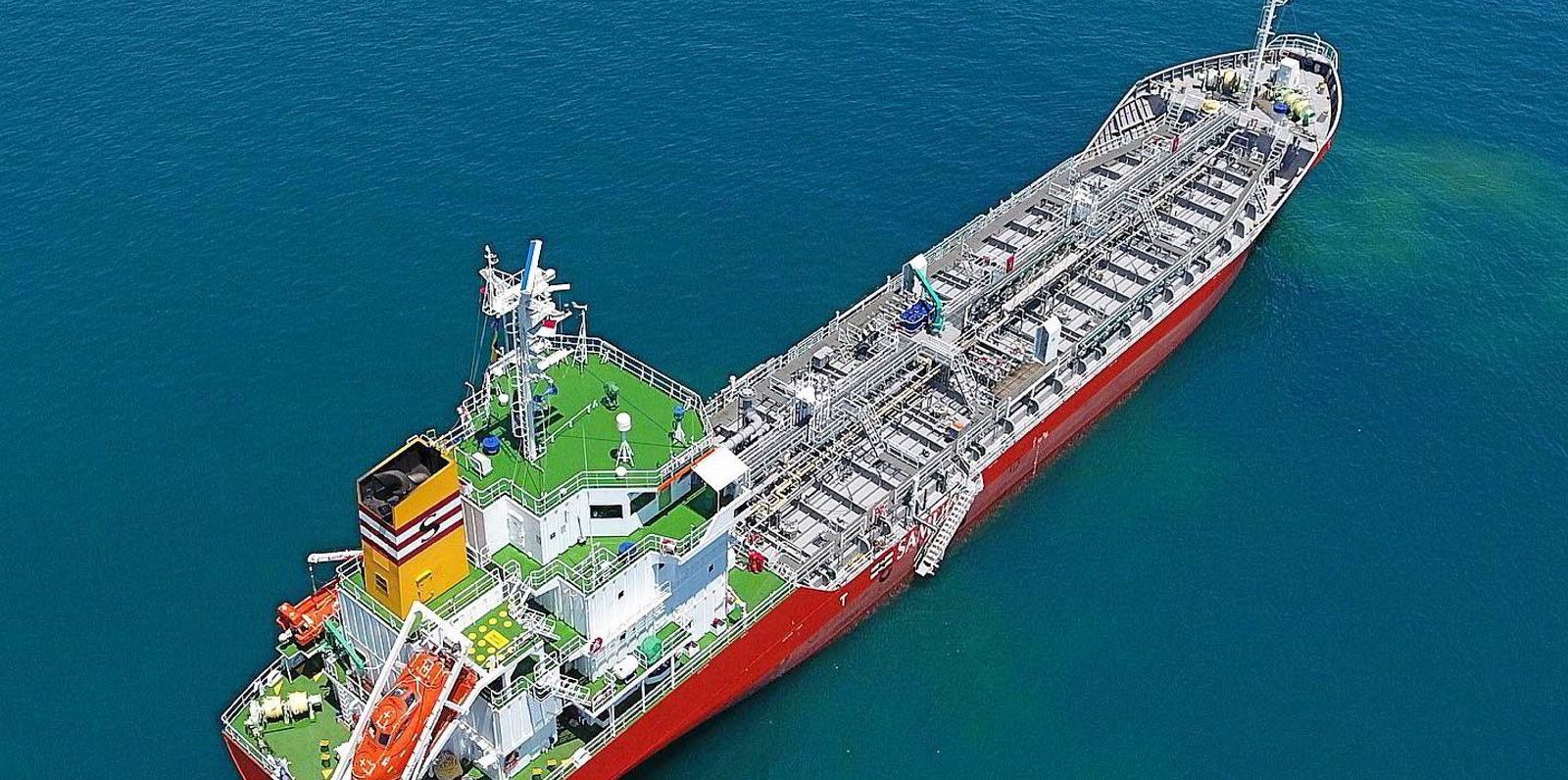Tufton Oceanic Assets has continued to shift cash away from container shipping as it builds bulker exposure.
The London-listed UK shipping fund said on Monday it had sold two vessels and agreed to buy another to improve its emissions intensity, yield, upside potential and inflation protection.
Tufton is now down to its last boxship after offloading its penultimate vessel for $31m.
The ship was not named but is likely to be the 8,204-teu MSC Paris (built 2006), acquired from Hammonia Reederei in 2019 for an undisclosed price.
The vessel is chartered to Mediterranean Shipping Co.
Tufton said this investment had been successful in record markets, with an internal rate of return (IRR) of 12%.
But the sale is being made in “an inflationary environment” in which the vessel is expected to underperform the rest of the portfolio, the company added.
The unit had a fixed exit value in 2025, while in the meantime being exposed to operating cost inflation.
The sole boxship remaining in the fleet will account for only 5% of group net asset value, down from a peak of 42% in mid-2021.
Tufton also said its oldest handysize bulker has been sold for $17.7m, with a 50% IRR.
Brokers reported this is the 38,300-dwt Leia (built 2010), bought from Japan’s Imecs for $10.6m in 2020.
The buyer is not yet known.
A more modern handysize bulker has been bought as a replacement for $26.3m.
Like its sistership, the 38,800-dwt Mai Tai (built 2015), which was added from Interlink in March, the vessel is being acquired at slightly above depreciated replacement cost.
But Tufton said strong cash flows from its charter will “significantly de-risk the investment”.
The bulker is fixed for between four and six months, producing a net yield of 27%.
The ship is in the top quartile of fuel efficiency in its market segment, Tufton added.
“Nonetheless it will be evaluated for further improvement, including the retrofit of energy-saving devices,” it said.
In a market update, Tufton said the product and chemical tanker markets have improved materially in recent months.
This is expected to increase the yields from two chemical tankers with partial spot market exposure, as well as the asset values of the total fleet of nine tankers.
The focus remains on looking to add tankers and bulkers to the fleet.






